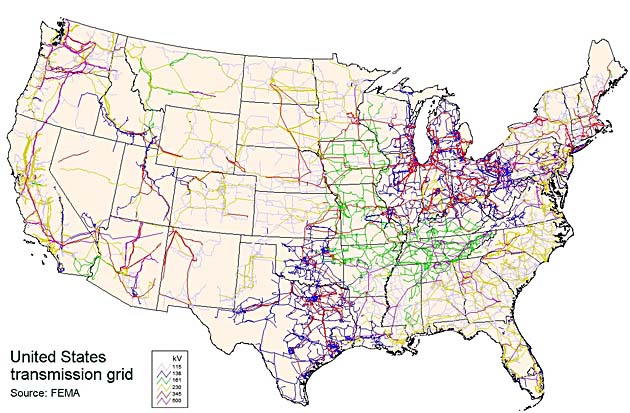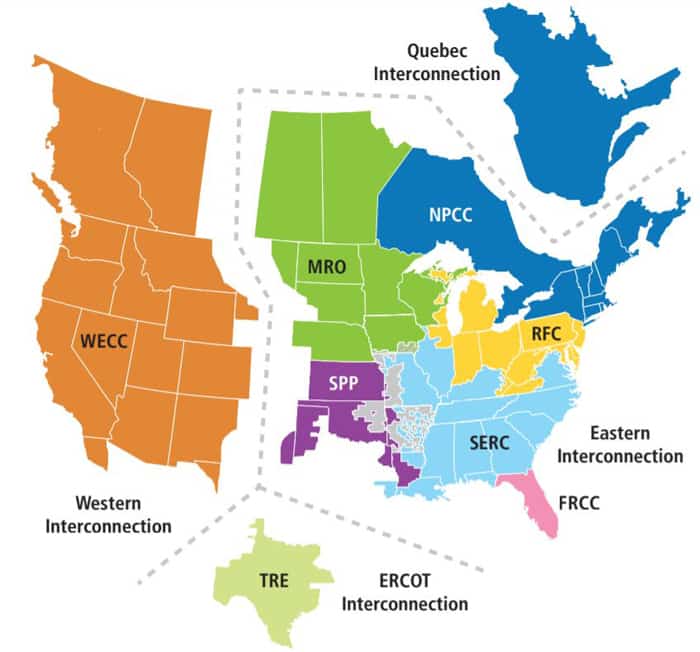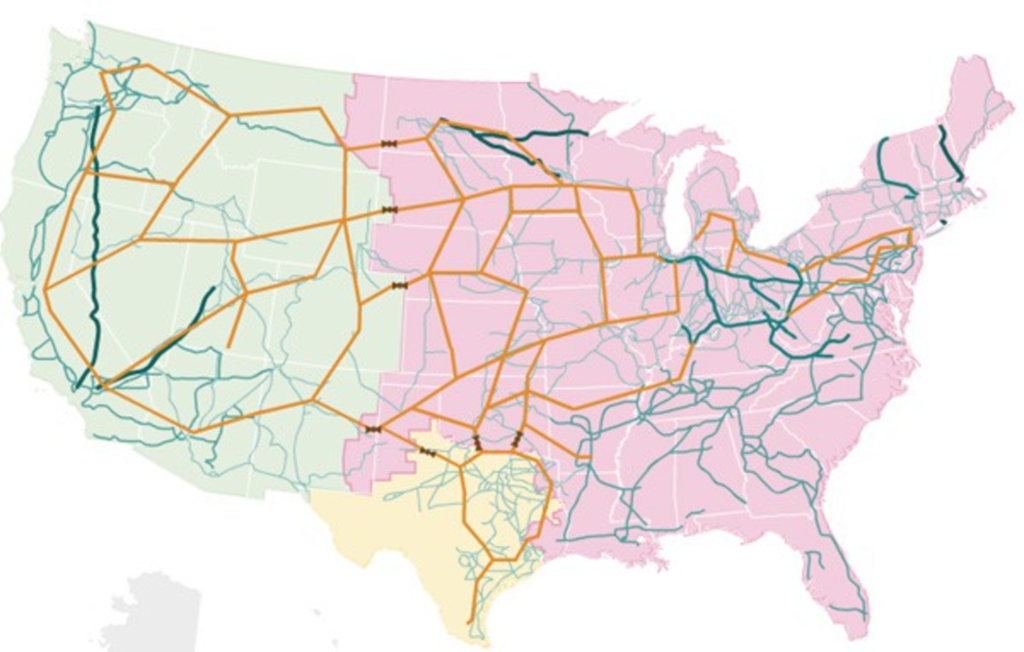




Their paper, titled “Small vulnerable sets determine large network cascades in power grids,” estimated the probability that each transmission line would fail in a cascading blackout and produced a system-wide vulnerability map (see sidebar video). “We need a study of this scale for correct assessment of risks of large cascades that can inform grid design and operation.” Morrison Professor of Physics and Astronomy at Northwestern. “Our study is the first to simultaneously account for the physics of power line failures, the real data on the entire contiguous US power grid, and the diversity of its operating conditions,” says Motter, Charles E. The data, which is reported regularly to the Federal Energy Regulatory Commission (FERC), covered multiple seasons as well as both on- and off-peak demand levels, which correspond to different operating conditions for the grid. For each of the three interconnections, the researchers analyzed power generation, transmission, and consumption data spanning the years 2008 to 2013. This large grid is broken up into three large connected networks (Texas Interconnection, Western Interconnection, and Eastern Interconnection) that operate fairly autonomously (see sidebar figure). Motter examine the US–South Canada power grid, which is the largest contiguous power grid in the world that is amenable to modeling. In their article published in the journal Science, Yang Yang, Takashi Nishikawa, and Adilson E. But, in an effort to better understand and predict cascading power outages, a team of researchers from Northwestern has just released the most comprehensive analysis of its kind. Until now, there has been little information on why small, localized electrical failures, which are generally inconsequential, can sometimes disrupt large portions of the power grid like the one that occurred in 2003. Disruptions like this are not only inconvenient, but they can also inflict tens of billions of dollars in losses and are a hazard to public safety. The reason? A high-voltage power line in Ohio brushed against some overgrown trees and shut down causing cascading blackouts throughout the region. Center for Molecular Quantum Transduction (CMQT)Īt 2:00 PM on August 14, 2003, approximately 50 million people lost electricity from the Midwest to New York City and up to Ontario.Center for Catalysis and Surface Science (CCSS).Center for Advanced Materials for Energy and the Environment (CAMEE).Great Lakes Circular Economy Partnership.Master of Science in Energy and Sustainability (MSES).


 0 kommentar(er)
0 kommentar(er)
